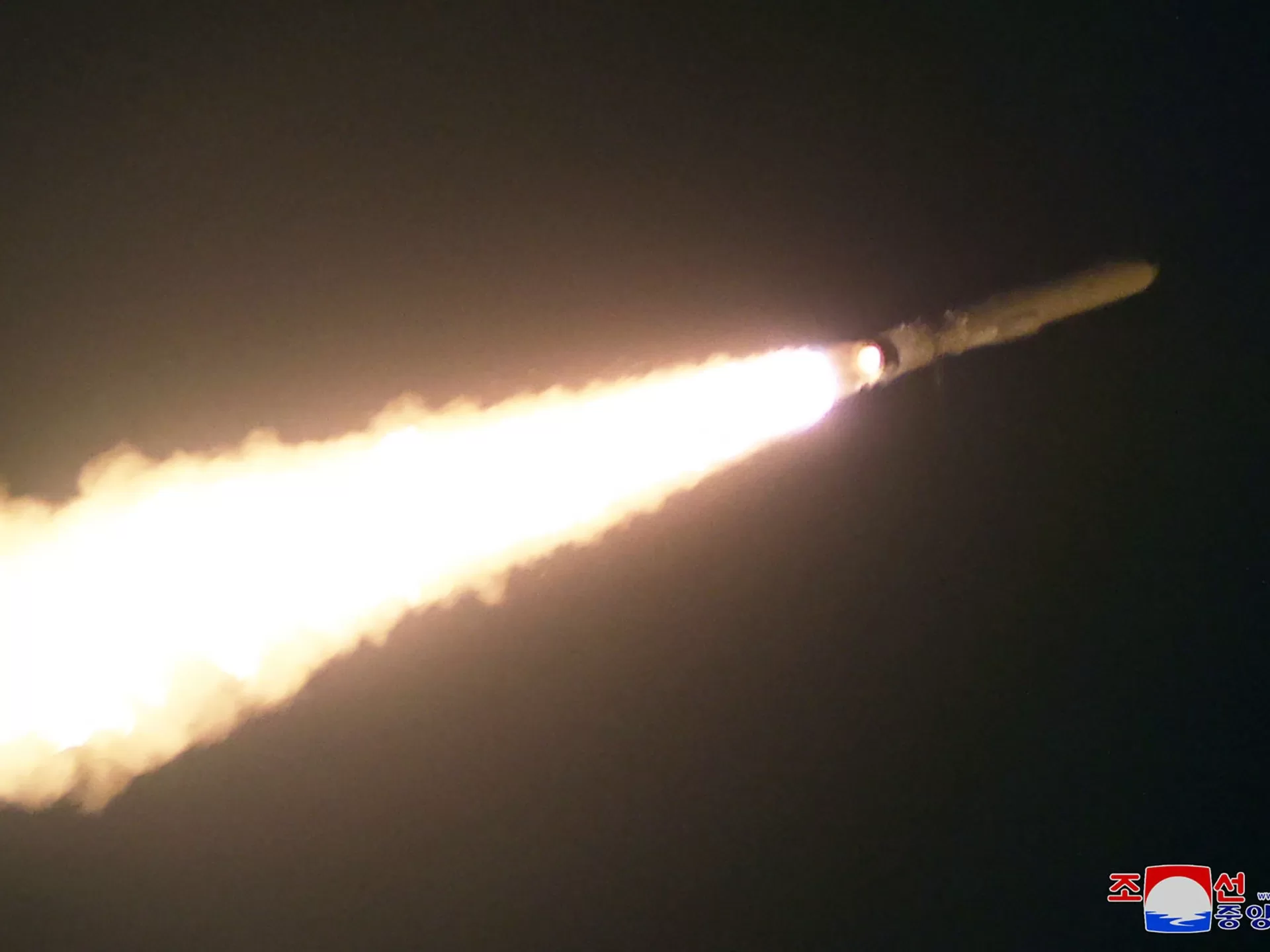State news agency says Pulhwasal-3-31 cruise missile is still in its development phase.
The official Korean Central News Agency reported on Thursday that the Pulhwasal-3-31 missile was still in its development phase and described the missile as “strategic”, implying an intent to arm it with nuclear weapons.
KCNA did not specify how many missiles were fired.
“The test-fire had no impact on the security of neighbouring countries and has nothing to do with the regional situation,” it said.
South Korea’s Joint Chiefs of Staff said on Wednesday morning it had detected the launch of “several” cruise missiles from North Korea’s western coast.
The JCS said it was analysing the launch, which followed the January 19 test of a nuclear-capable underwater attack drone, and the test-firing of Pyongyang’s first solid-fuel intermediate-range ballistic missile five days earlier.
On Thursday, it said it thought the launch was a test of upgrades to existing missiles’ capabilities. North Korea carried out its first test of a strategic cruise missile in September 2021.
Tensions on the Korean peninsula have increased in recent months as North Korean leader Kim Jong Un continues to move ahead with his weapons development programme and issue provocative threats of nuclear conflict with the United States and its allies in the region.
North Korea’s cruise missiles, which tend to be jet-propelled and fly at a lower altitude, are harder to detect and intercept than ballistic missiles and are among a growing arsenal aimed at overwhelming missile defences in South Korea and Japan.
North Korea claims they are nuclear-capable and have a range of up to 2,000 kilometres (1,242 miles), a distance that would include US military bases in Japan.
Cruise missile tests are not banned under long-running United Nations sanctions imposed over North Korea’s nuclear programme.
The latest launch took place as South Korean special forces staged a drill off the country’s east coast, “in light of serious security situations” with North Korea.
The 10-day exercise concludes on Thursday, according to the South’s navy.
“We will achieve our mission to infiltrate deep into the enemy’s territory and neutralise them completely under any circumstances,” the drill’s commander said in a statement.
